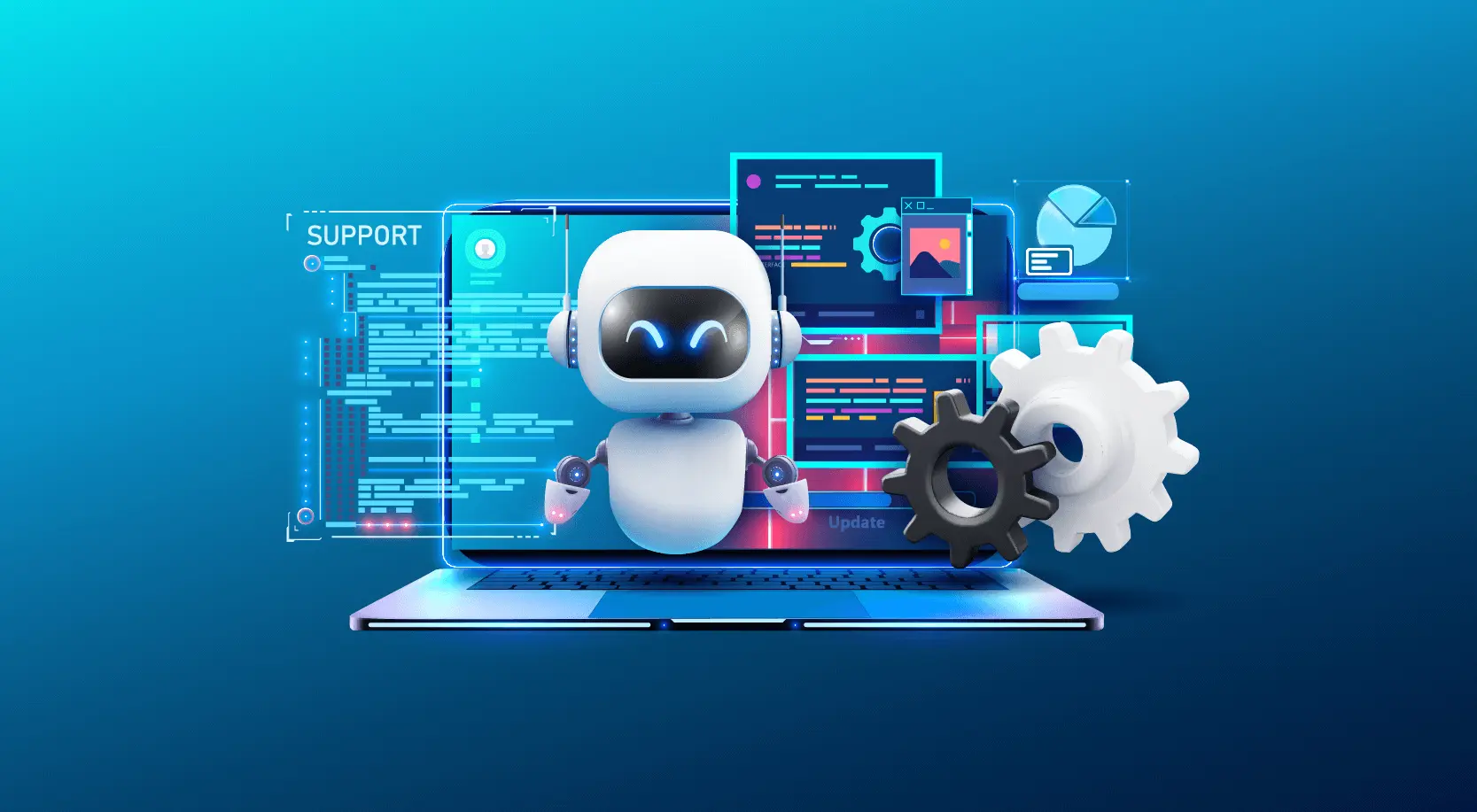But Is It Agentic? The AI Buzzword Everyone’s Now Using

Agentic AI is quickly becoming one of the most important concepts in modern automation. But what does agentic actually mean and why does it matter for your business?
In this article, we’ll break down what Agentic AI really is, how it differs from traditional AI models, and how to tell if your solution is truly agentic or just pretending to be.
What Does Agentic AI Mean?
Agentic AI refers to AI systems that act autonomously toward a goal. These systems can make decisions, initiate actions, adapt their behavior, and self-improve without constant human intervention.
Unlike basic AI tools that wait for prompts or follow static rules, agentic systems are designed to:
- Take initiative
- Maintain long-term memory
- Adapt to dynamic environments
- Make decisions based on evolving context
They’re not just responsive. They’re proactive.
Agentic vs Traditional AI: What’s the Difference?
| Traditional AI Tools | Agentic AI Systems |
|---|---|
| React to user input | Can act independently |
| Follow predefined instructions | Set goals and pursue them |
| No memory across tasks | Maintain context over time |
| Require constant prompting | Self-prompting and recursive loops |
| Typically single-purpose | Multi-step, multi-purpose workflows |
Think of traditional AI like a calculator. Agentic AI? More like a junior team member that runs tasks, makes updates, reports back, and adjusts based on new info.
Why Businesses Need Agentic AI
Agentic AI isn’t a buzzword. It’s a game changer for companies that need to scale operations without scaling headcount.
Real Business Impact:
- Lead Qualification: Agents qualify leads in real time and update your CRM without human input
- Onboarding: Automatically gather customer info, verify details, and prepare accounts
- Customer Support: Resolve issues, escalate tickets, or even trigger refunds
- Sales Automation: From cold outreach to meeting scheduling, agents can own parts of your funnel
Want to see an example?
→ AI Agent for Lead Qualification with GPT‑5
How to Know If Your AI Is Actually Agentic
A lot of tools claim to be agentic. Most aren’t. Here’s how to test it:
- Does it take initiative or just wait for input?
- Can it work across multiple steps or sessions?
- Does it update itself or its environment without being told?
- Is there a feedback loop for improvement?
If the answer to most of these is “no,” then it’s not really agentic it’s just prompt-driven AI dressed up with fancy marketing.
Tools & Frameworks That Support Agentic AI
The growing ecosystem includes platforms designed for agentic behavior:
- OpenAI GPT‑5 Agents: State-of-the-art LLMs with memory, tool usage, and goal pursuit
- AutoGen / LangChain / CrewAI: Multi-agent orchestration frameworks
- Make.com + AI: Workflow automation paired with contextual GPT calls
- Custom Middleware: Built in Node.js or Python to control agents, memory, and routing
Each has pros and cons. Want a tailored solution?
→ How Scalevise Uses Agentic AI for Custom Business Automation
Is Agentic AI the Future of Work?
Yes but not overnight.
Agentic systems are powerful, but still need:
- Clear goal definitions
- Structured environments
- Ongoing human oversight
- Guardrails for security, cost, and accuracy
The best use cases today involve high-volume, rule-based tasks where decision logic is clear, but human availability is limited.
Final Thoughts: But Is It Agentic?
The next time a vendor pitches “AI automation,” ask: But is it agentic?
That single question separates superficial automation from transformative change.
If your AI can think, adapt, and act without being told what to do every step of the way it’s agentic.
And if you’re not building with Agentic AI in mind, you’re missing the next leap in productivity.
Resources
